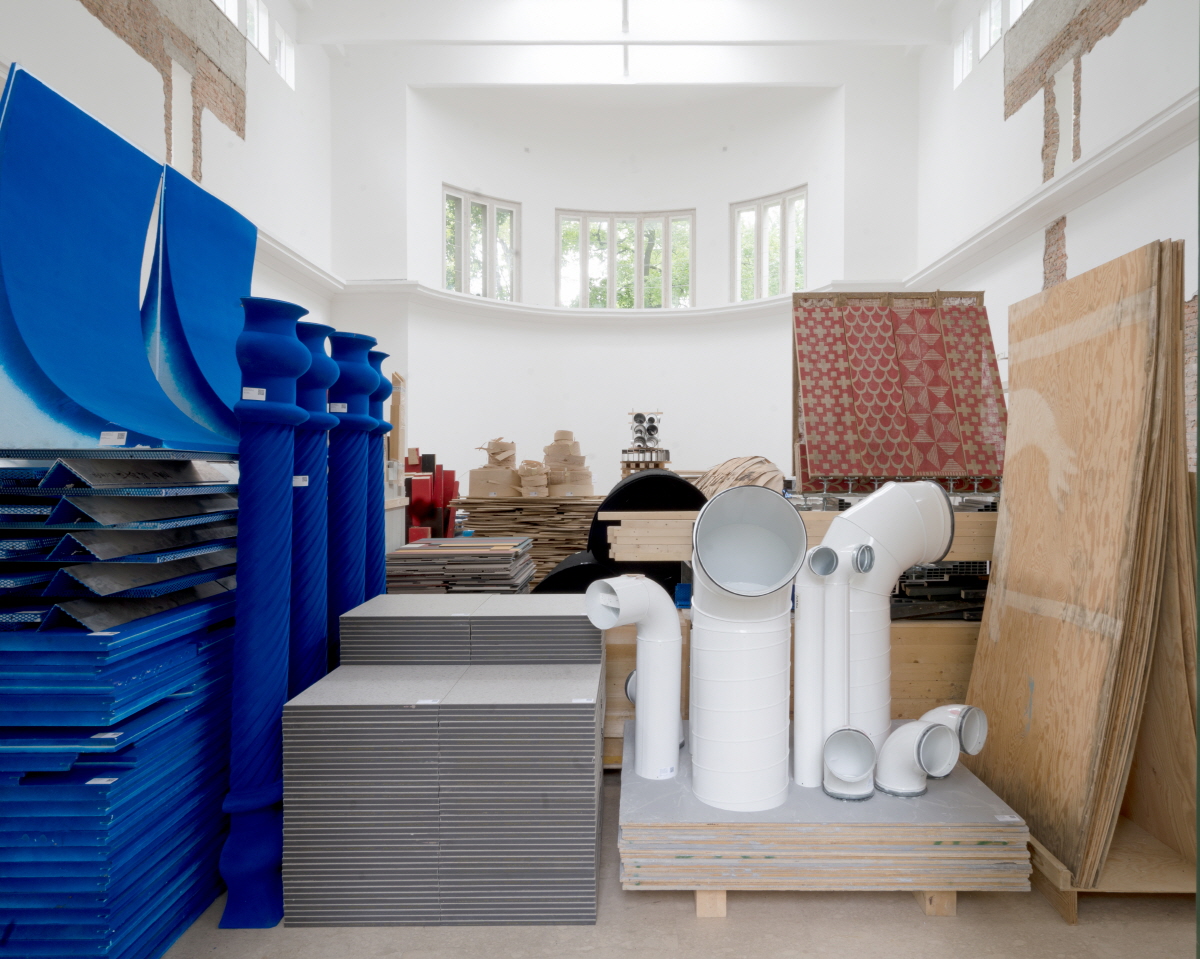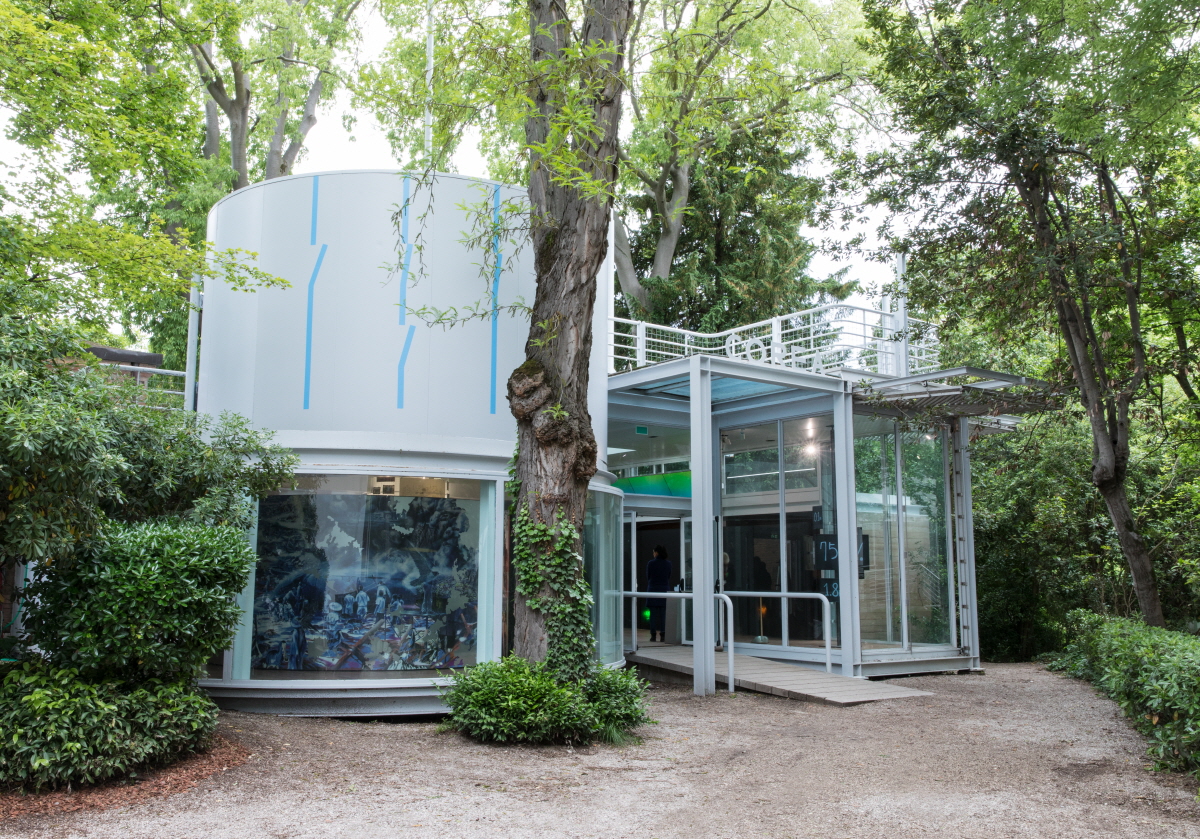SPACE August 2023 (No. 669)
Various Gestures Made by National Pavilions Towards Experimentation
The exhibits in each country pavilion varied greatly, but overall there marked emphasis on recycling. In particular, approaches that targeted the architecture of the national pavilions themselves, such as making adjustments, tearing down fences, or taking action to recycle stormwater, seemed to be more grounded and made the kinds of architectural decisions and design solutions more accessible to the viewer.
Increasingly, the architecture biennale seems to be placing its focus on ‘site- specificity’ and the ‘execution of ideas rather than creation or reproduction’. This is probably due to the increasing accessibility to architectural discourse through the internet and other media outlets and the expanding plasticity of images and videos, making them less appealing if placed haphazardly in the exhibition space. Three-dimensional design and creative installations risk becoming uninteresting or, at best, relegated to mere images shared on social media if they are required only to represent the actual architectural issues or their content clearly. In addition, given the nature of biennials, where viewer fatigue is inevitably high, it is necessary to avoid videos that require extended viewing times or to at least ensure that the environment is conducive to long periods of concentration.
Since critical theory has arguably become powerless, and the discourse-oriented era of post-theory and archiving has passed, more specific material experiments, site- specificity, and performativity have all drawn to the fore. There is also a lot of concern for the Anthropocene, which seems to be reflected in efforts to find points of practice that mediate the value and practicality of the Gaian cause in the global ecological environment. And rather than forging significant architectural approaches or new architectural schemes, smaller but viable attitudes are emerging. Whereas in the past, the biennale was driven by critical discourse, urging the world to see the ethical challenges encountered in real life that might be hidden or seemingly impossible to overcome, this year’s biennale appears to focus on material practices that dramatise a particular part of what is already available and circulating in the real world.
The laboratories named by the director, Lesley Lokko, are reminiscent of Bruno Latour’s ‘relationship between the laboratory and the site’, and this was certainly the case as I walked through the interesting and captivating national pavilions. Of course, this is a superficial impression as I could only visit some of the pavilions. It may be because the theme of the Biennale focuses on the global ecological environment and experiments for the future, including the majority and minority. Still, the overall trend seems to be here to stay.
It does not mean that all national pavilions will necessarily follow this trend. It is possible to create a good exhibition
that resonates more meaningfully by presenting an original direction that is completely different from the so-called advanced trends or tendencies. Such an approach may be more necessary, as Western appropriation of the concepts and cues from non-Western countries has always gone hand in hand with this set- up, and biennial culture is often a posing ground for cultural appropriation.
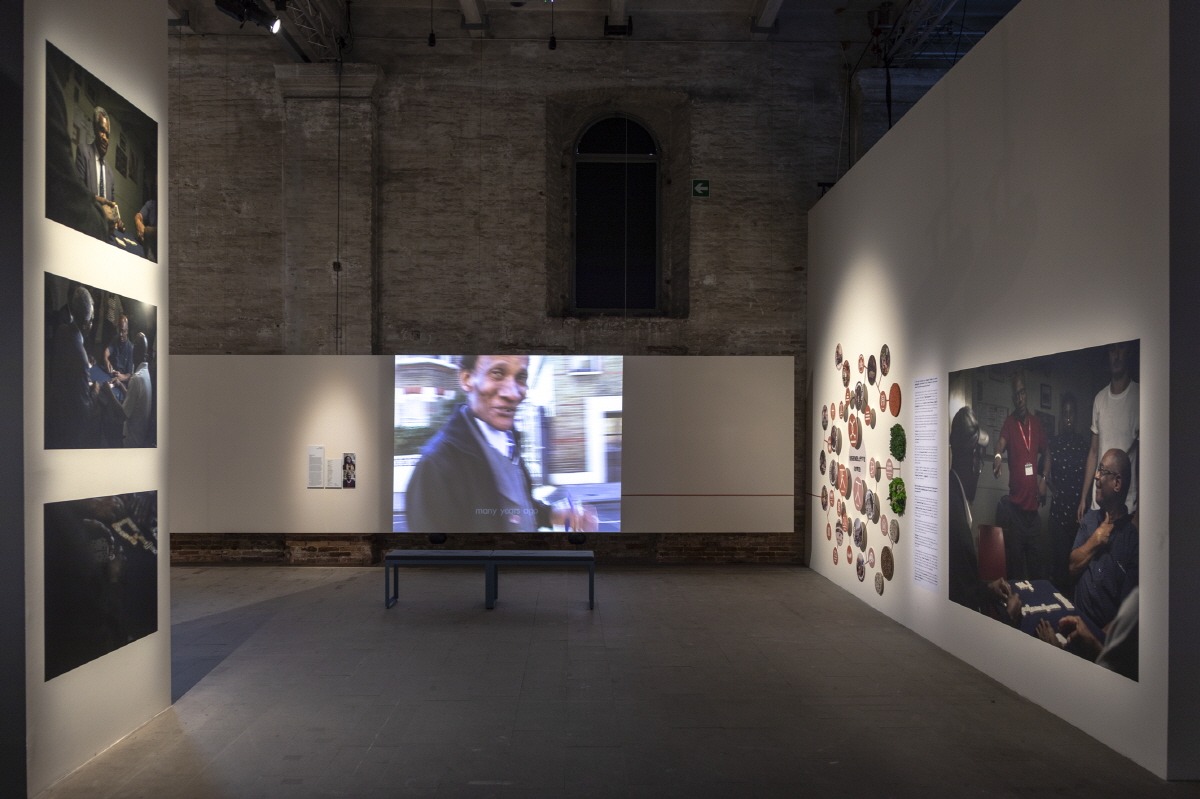 View of ‘Regenerative Power’ section by Gbolade Design Studio Image courtesy of La Biennale di Venezia / ©Marco Zorzanello
View of ‘Regenerative Power’ section by Gbolade Design Studio Image courtesy of La Biennale di Venezia / ©Marco Zorzanello
Themed Exhibitions Led by Attitudes Rather than Discourse
In the case of the thematic exhibition at the Arsenale, I entered with the sense that this was the architectural exhibition we all needed (contrary to my expectation that it would be a discursive exhibition about postcoloniality in Africa). Although the exhibition was deeply rooted in postcolonial issues and the challenges facing the global ecological environment, it was striking that they followed not the theoretical discourse but a perceived attitude, and the works on display were immediately conveyed through the format and installation method, bringing together architecture and urbanism, literature, fine art and craft.
Lesley Lokko said that 50% of the artists in the exhibition were African or from the African diaspora, with a 50/50 gender split. She noted that Africa is the hope for the future.
Viewing the exhibition begins in a linear movement, approaching certain sections. At the beginning of each section, you walk in front of the installation, which acts as a kind of threshold, and even after crossing it, it has the power to make you reflect on the production method and design behind the installation. In other words, viewing works in the round offered an impression of a unified two-sidedness. The installations were made up of thin masonry, woven fabric, tarpaulin tents, and scaffolding pipes stacked and reinforced with steel, and you could smell the sweat of human labour and materiality. Within the sections, there were hand-drawn drawings, numerous models made of basswood and chipboard, immersive videos, retro-looking but realistic drawings and installations that reveal lived realities in Africa. Although they could be the result of a staged production, we see here the common but unusual uses of low-tech and high-tech, changes in spatial division and scale, and appropriate use of light and illumination. The change in mood and theme from space to space and the transitions between heavier to lighter materials were quite impressive.
As I passed through the exhibition, it seemed to revive the an architectural design environment long past as well as a sensitivity and initial interest in architecture that had been forgotten, and I felt that it was an exhibition that even non-architects could fully digest and enjoy. I wondered if this is the kind of exhibition that resonates with those advancing contemporary trends detailed above. I regret spending so much time documenting the national pavilions during my short stay that I was not able to reflect on the Arsenale’s thematic exhibition in detail. Lesley Lokko said that Africa is the hope of the future, but can Africa and the diaspora breathe new life into a body politic and pathological global air current that in their decaying and dry state seem to be incorruptible? The question remains, but I came away from the exhibition with a sense of renewed vigour.
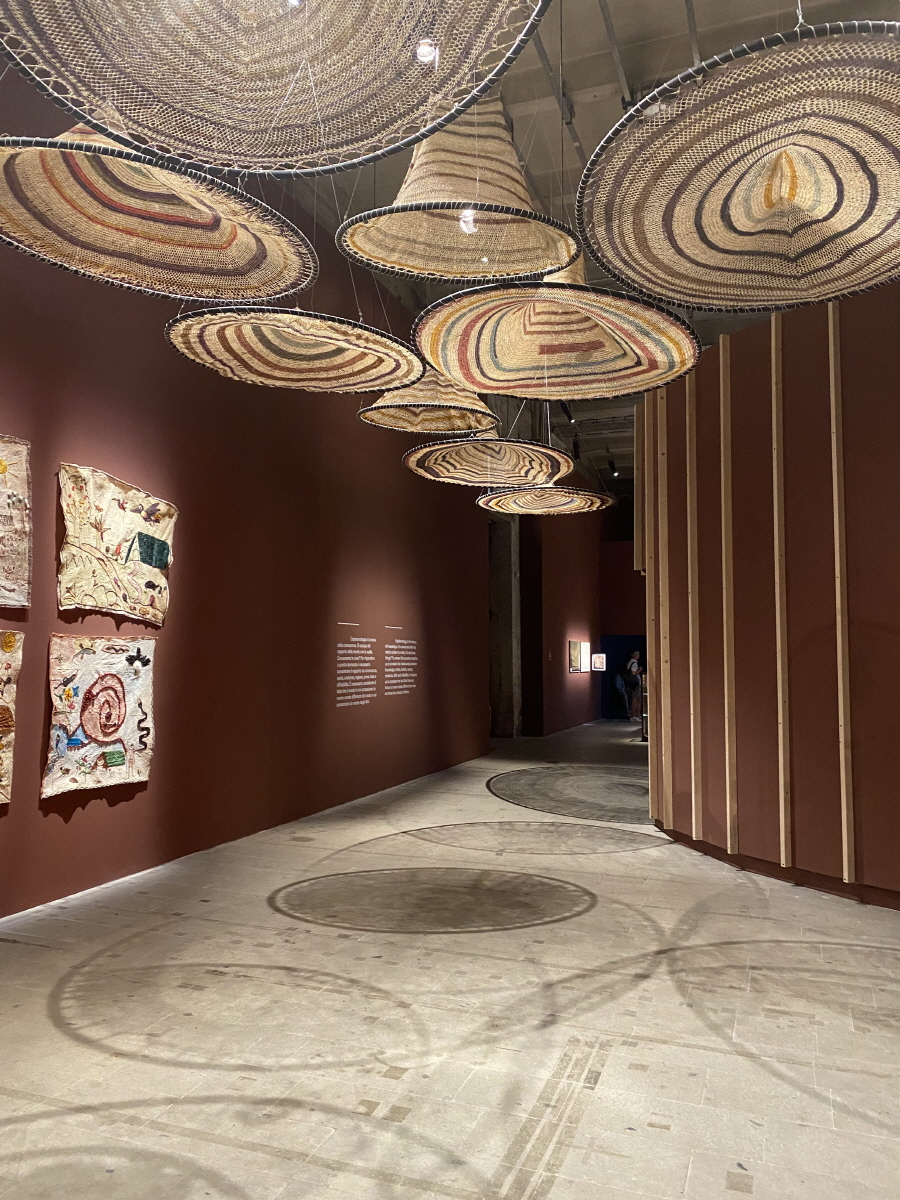
View of ‘Surfacing – The Civilized Agroecological Forest of Amazonia’ section by Estudio A0 ⓒKim Jeoungeun
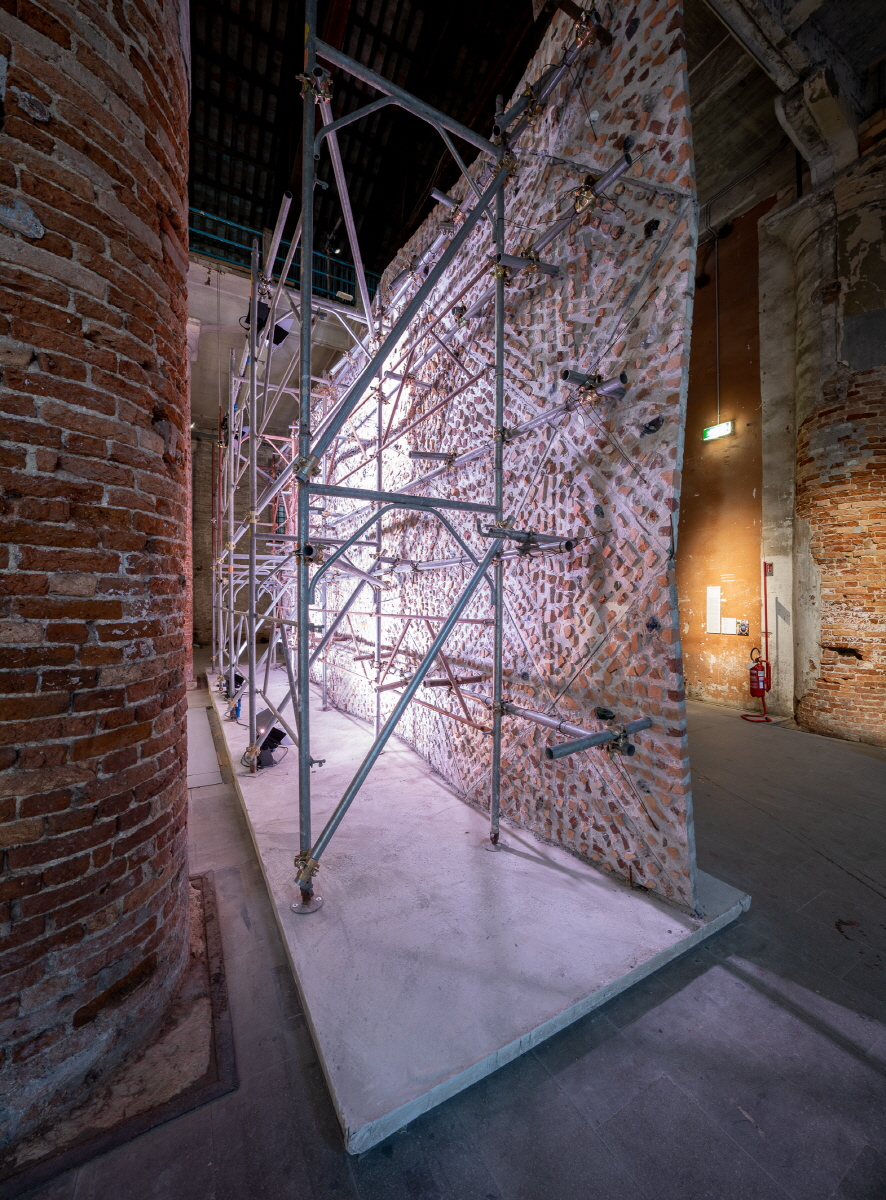
View of ‘Debris of History, Matters of Memory’ section by Gloria Cabral and Sammy Baloji with Cécile Fromont Image courtesy of La Biennale di Venezia / ©Andrea Avezzù






